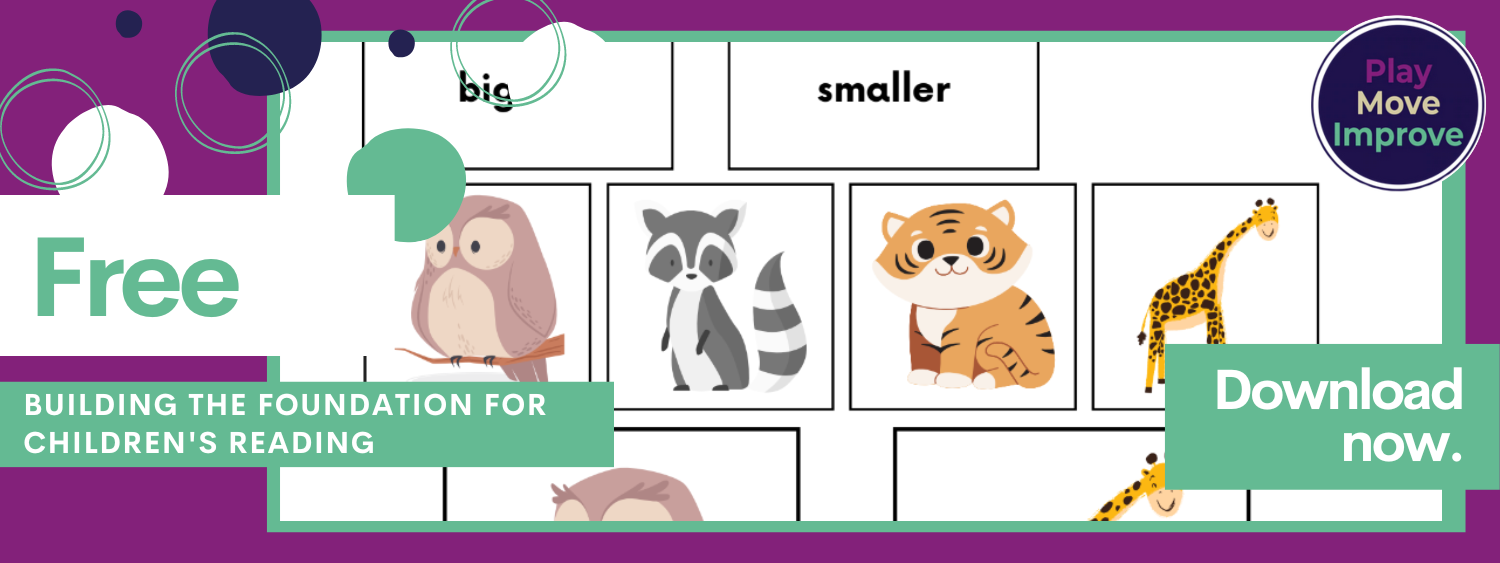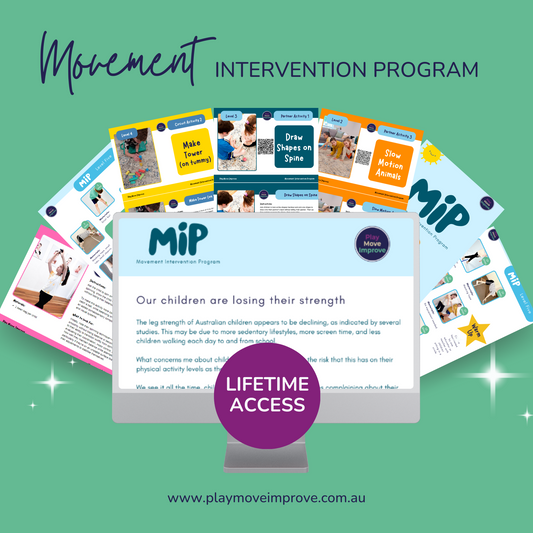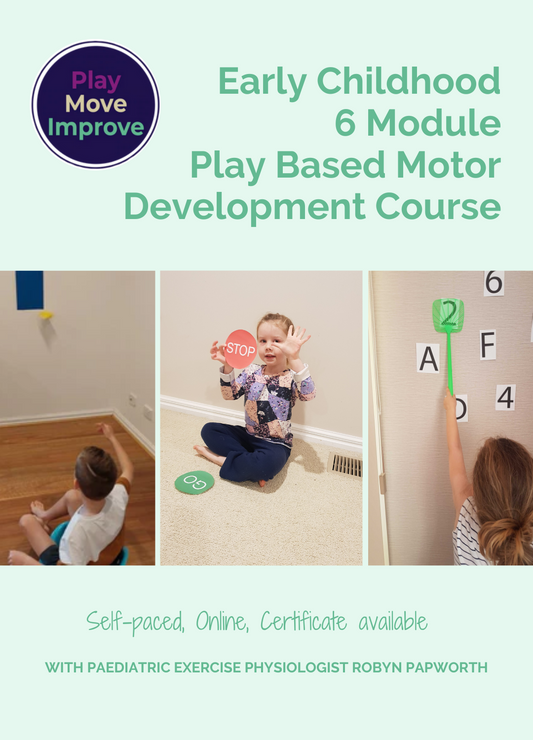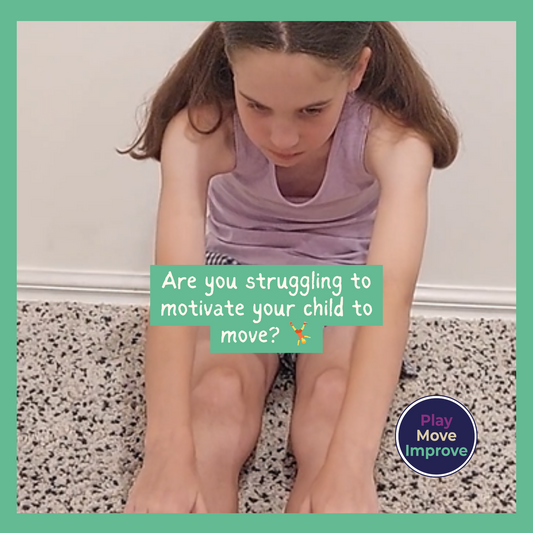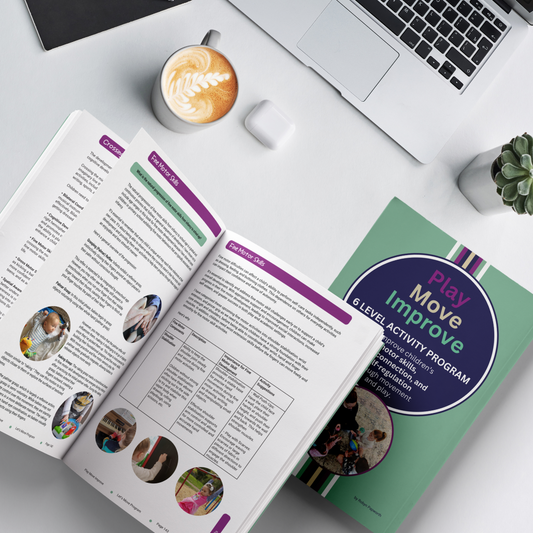I want to introduce you to a primary school student that I worked with who was struggling to learn to read. For this article I will call her 'Sally'.
Sally is in Grade 1, and is 7 years old. Sally's teacher approached me for my support, because Sally was struggling to grasp her 'gold' and 'red' words, which were some of the beginning sight words that children aged 5 to 6 years of age were reading.
To work out how I could help Sally, I firstly sat and observed Sally trying to read her gold and red sight words with her teacher. What I observed was very interesting:
- Sally was busy rocking in her chair
- Sally was constantly twirling her hair in her finger tips
- Sally needed regular re-focusing by her teacher, as she was easily distracted by the movement of other children in her classroom
- Sally shows minimal interest in learning her sight words
Once I had observed Sally's behaviour and literacy challenges, I started coming up with an action plan, to help Sally start to grasp her sight word. Some of my strategies included:
- Walk with Sally while reading her sight words, so that Sally doesn't need to rock in her chair for sensory stimulation - learn more about sensory learning here
- Encourage Sally to hold the paper with the sight words, while we walked, so that Sally couldn't be distracted by twirling her own hair
- Walk with Sally away from her noisy classroom, down a hallway that was quiet, and had minimal clutter. I also wrote the sight words onto a bright pink piece of cardstock, to make the paper more exciting than the hallway.
- Talk to Sally about the importance of learning how to read. We spoke about all of the things we could do once we learnt these sight words. We could read notes from our friends, and be able to learn about dolphins by reading books.
What I noticed with Sally's teacher was:
- Sally's teacher was so stressed and overwhelmed by the pressure to improve Sally's reading scores, that she lost her creativity for inspiring Sally to read
- Sally's teacher was unable to leave her classroom to walk and read with Sally. But Sally's teacher did have an assistant who could do this with Sally for 5 minutes each day.
- Sally's teacher started to see all of Sally's sensory seeking behaviours (twirling her hair, rocking in the chair, easily distracted by her class), and Sally's teacher was now starting to think about ways to help Sally relax her body enough to be able to focus on the word on the paper.
If you have a student like Sally in your classroom:
- Write down their behaviours - twirling their hair, rocking in their chair
- Write down a strategy for each behaviour - if they can't stop fidgeting with their hands, hold the piece of paper. If they can't sit still, walk and talk. If they're always talking but not remembering information, ask them to read to a puppet, or say the words through an old telephone.
- Talk to children about why we need to learn how to read, and what their life could look like once they learn how to read.


